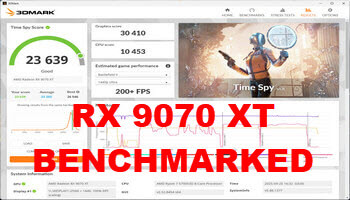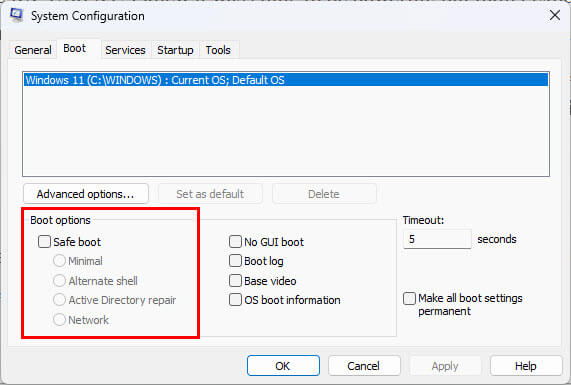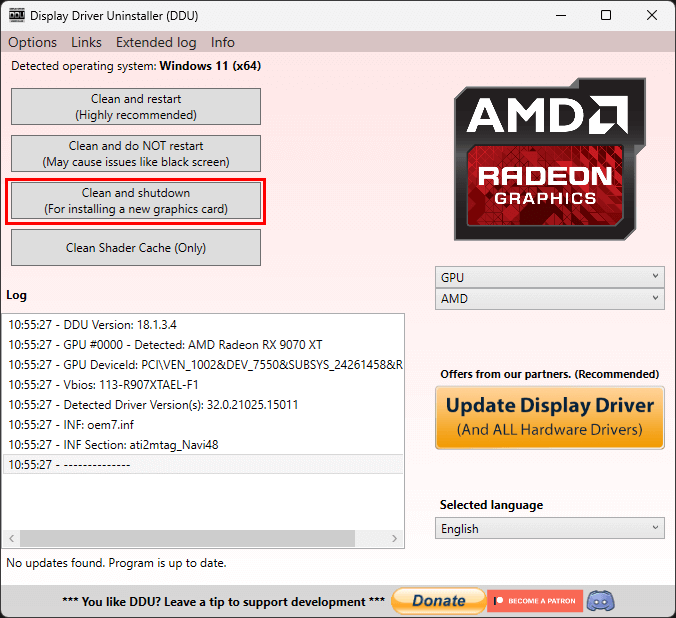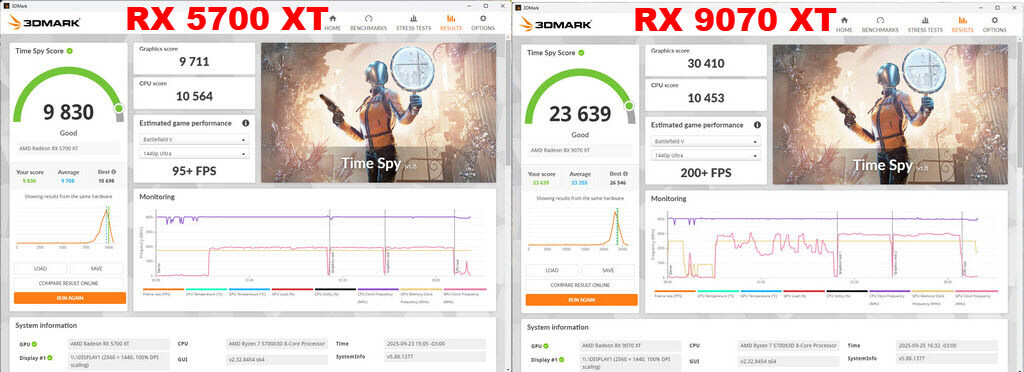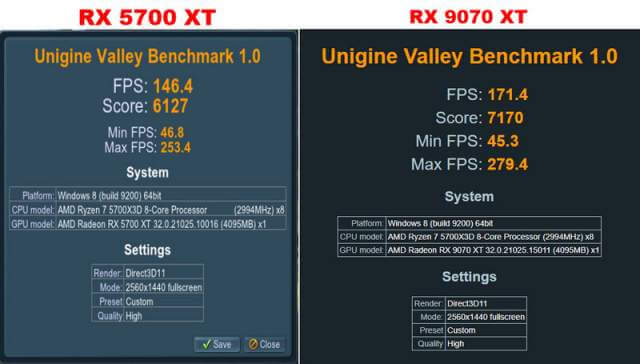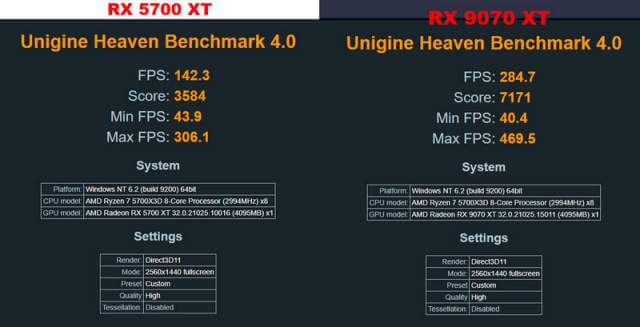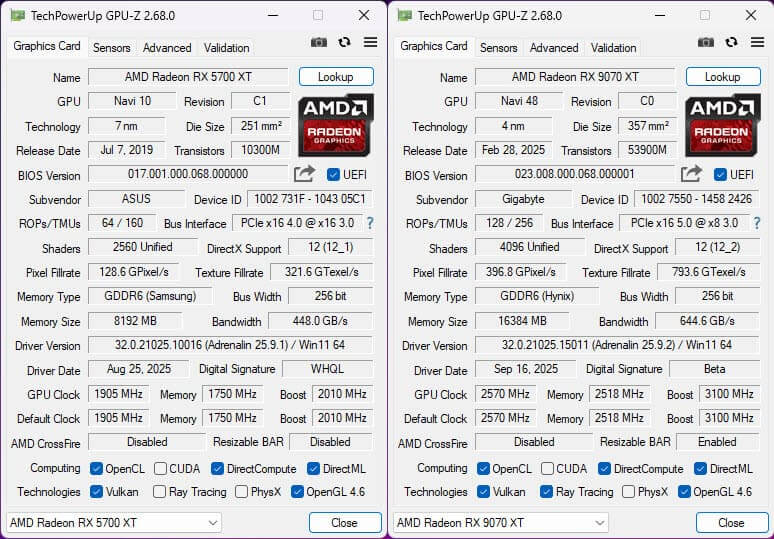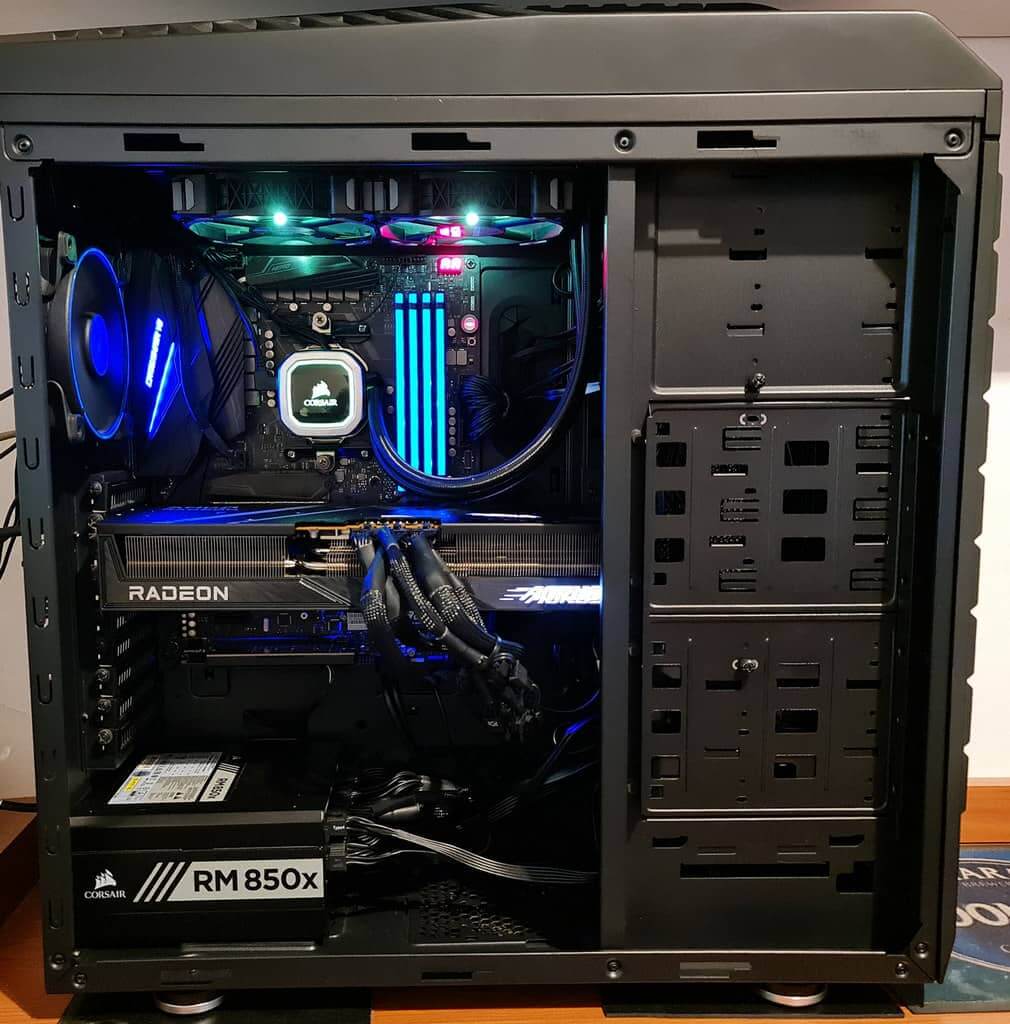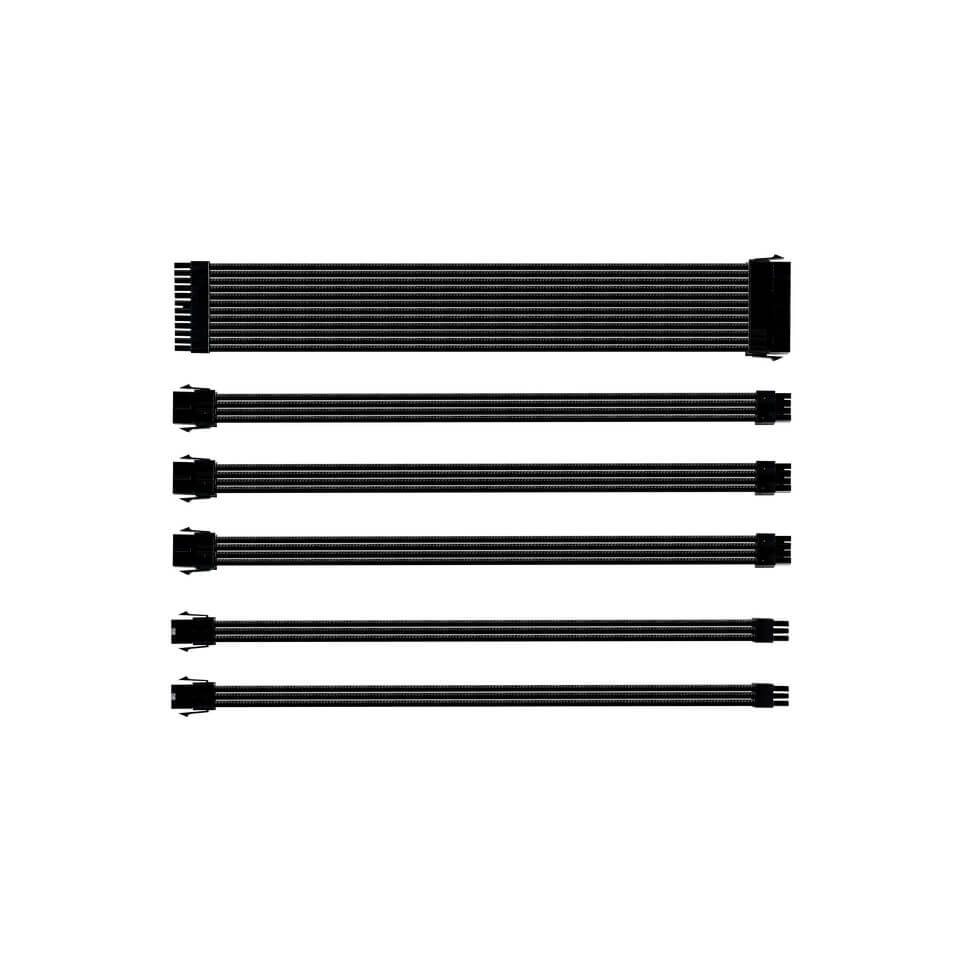When I bought the Gigabyte Aorus Elite RX 9070 XT 16GB to replace my RX 5700 XT, I knew it would be powerful, but I didn’t expect it to be this good! As I mentioned in GPU Upgrade – Size Matters! I thoroughly researched the high-end GPU market, and I was hankering to go the Nvidia route. However, for price reasons, 12v HPWR burnouts, and Nvidia’s scrooginess over VRAM (GPU memory), I decided to stick with AMD. It’s a known fact that Nvidia GPUs are overpriced, and the company has a history of skimping on VRAM, often with high-end cards only having 8GB of VRAM. Heck, the RTX 5060 only has 8GB, the 5070, 12GB, and to get 16GB, you would need to fork out nearly $1000 for an RTX 5070Ti. VRAM plays a crucial part in gaming – the more you have, the smoother the experience.
How To Correctly Change GPUs
Prior to switching GPUs, I ran a few benchmarks on the old card. These included 3DMARK Time Spy, Unigine Heaven/Valley, and Shadow of the Tomb Raider built-in benchmark. I then downloaded the latest version of DDU (Display Driver Uninstaller), the latest Adrenaline drivers direct from AMD, and rebooted the PC in safe mode. This is very important, and to do it, type msconfig in Windows search or hit Win+r and type msconfig, select the boot tab, check safe boot, and restart the PC.
Once in safe mode, run DDU and select Clean and Shutdown (for installing a new graphics card), and DDU will remove all drivers related to your GPU and then shut down the PC. Before doing that, it’s a good idea to go back to msconfig and uncheck Safe Boot because either way, you’ll have to boot normally once you’ve changed the GPU. In my case, I also disconnected from the Internet and made sure that Windows would not install drivers behind my back. You can see how to do that in Richard’s excellent article 2 Ways To Stop Automatic Driver Updates.
Once you’ve changed GPUs and booted normally (not safe mode) into Windows, install the drivers that you downloaded earlier, restart the PC, and start gaming!
RX 5700 XT And RX 9070 XT Benchmarked
Benchmarking is not something I do regularly, and tend to leave it to the YouTube experts to bore us with never-ending bar charts, telling us about tiny percentages between this card and that. However, it is a useful yardstick when changing hardware, especially if it gives you a nice warm fuzzy feeling afterwards.
3DMark Time Spy
I’ve had the paid version in Steam for over a decade and have probably only used it a dozen times, so here’s the result.
Shadow of the Tomb Raider
Unigine Valley and Heaven benchmarks
Clearly, the RX 9070 XT is head and shoulders above my old card, not only due to having twice the amount of VRAM but also many more shaders and the latest RDNA 4 technology from AMD.
In every game I play, the GPU doesn’t even break a sweat, never goes above 65 °C, and is barely audible. It handles every game I throw at it, and the ray tracing is just as good as any Nvidia card. It also looks very shiny and colourful in my case, although I’m seriously considering some sleeved cables to improve the aesthetics.
That’s the end of my Shiny Thing Syndrome episode…for now!
—
